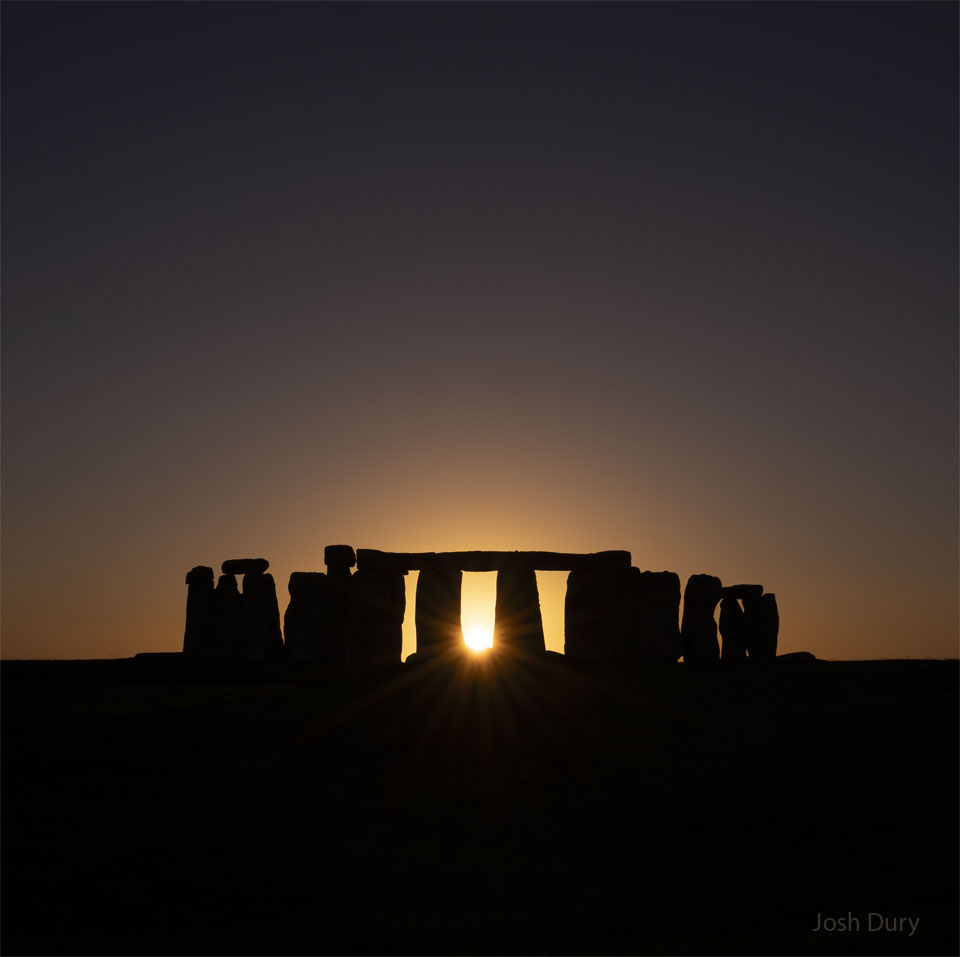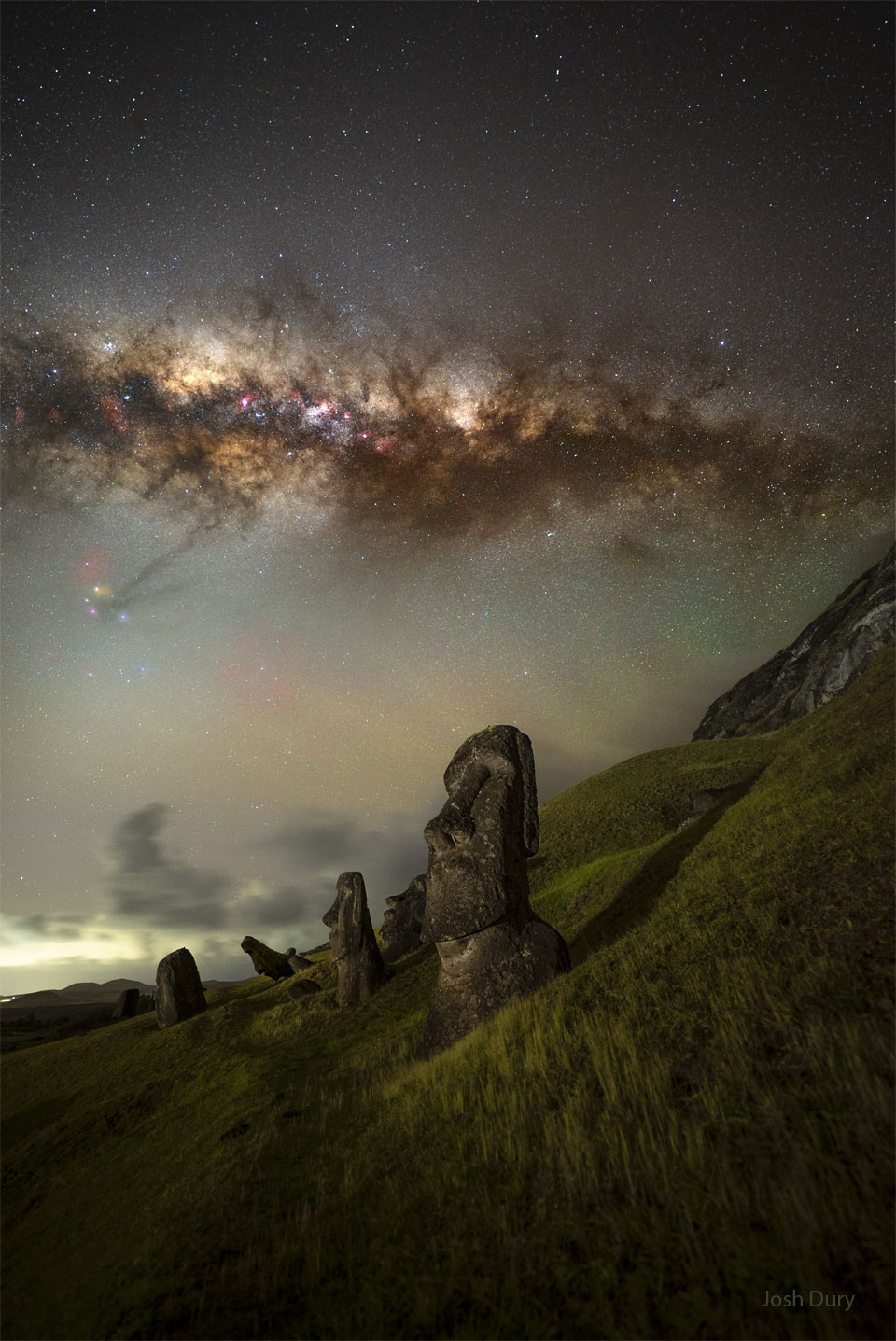Nombre total de pages vues
06/11/2024
VILLES BIONIQUES DU FUTUR - Solar Drop : une piscine-lagon
ASTRONOMY - Comet Tsuchinshan-Atlas over the Dolomites
2024 November 6
Credit & Copyright: Alessandra Masi
Explanation: Comet Tsuchinshan-Atlas is now headed back to the outer Solar System. The massive dusty snowball put on quite a show during its trip near the Sun, resulting in many impressive pictures from planet Earth during October. The featured image was taken in mid-October and shows a defining visual feature of the comet -- its impressive anti-tail. The image captures Comet C/2023 A3 (Tsuchinshan–ATLAS) with impressively long dust and ion tails pointing up and away from the Sun, while the strong anti-tail -- composed of more massive dust particles -- trails the comet and points down and (nearly) toward the recently-set Sun. In the foreground is village of Tai di Cadore, Italy, with the tremendous Dolomite Mountains in the background. Another comet, C/2024 S1 (ATLAS), once a candidate to rival Comet Tsuchinshan-Atlas in brightness, broke up last week during its close approach to our Sun.
05/11/2024
VILLES BIONIQUES DU FUTUR - King’s forest : des chalets-feuilles au Maroc
ASTRONOMY - Milky Way over Easter Island
2024 November 5
Credit & Copyright: Josh Dury
Explanation: Why were the statues on Easter Island built? No one is sure. What is sure is that over 900 large stone statues called moais exist there. The Rapa Nui (Easter Island) moais stand, on average, over twice as tall as a person and have over 200 times as much mass. It is thought that the unusual statues were created about 600 years ago in the images of local leaders of a vibrant and ancient civilization. Rapa Nui has been declared by UNESCO to a World Heritage Site. Pictured here, some of the stone giants were imaged last month under the central band of our Milky Way galaxy. Previously unknown moais are still being discovered
04/11/2024
ASTRONOMY - M42: The Great Nebula in Orion
2024 November 4
Credit & Copyright: Fényes Lóránd
Explanation: The Great Nebula in Orion, an immense, nearby starbirth region, is probably the most famous of all astronomical nebulas. Here, glowing gas surrounds hot young stars at the edge of an immense interstellar molecular cloud only 1500 light-years away. In the featured deep image in assigned colors highlighted by emission in oxygen and hydrogen, wisps and sheets of dust and gas are particularly evident. The Great Nebula in Orion can be found with the unaided eye near the easily identifiable belt of three stars in the popular constellation Orion. In addition to housing a bright open cluster of stars known as the Trapezium, the Orion Nebula contains many stellar nurseries. These nurseries contain much hydrogen gas, hot young stars, proplyds, and stellar jets spewing material at high speeds. Also known as M42, the Orion Nebula spans about 40 light years and is located in the same spiral arm of our Galaxy as the Sun.
03/11/2024
VILLES BIONIQUES DU FUTUR - Solar Drop : une fleur en mer d’Oman
ASTRONOMY - Jupiter Abyss
024 November 3
Image Credit: NASA, Juno, SwRI, MSSS; Processing & License: Gerald Eichstädt & Sean Doran
Explanation: What's that black spot on Jupiter? No one is sure. During one pass of NASA's Juno over Jupiter, the robotic spacecraft imaged an usually dark cloud feature informally dubbed the Abyss. Surrounding cloud patterns show the Abyss to be at the center of a vortex. Since dark features on Jupiter's atmosphere tend to run deeper than light features, the Abyss may really be the deep hole that it appears -- but without more evidence that remains conjecture. The Abyss is surrounded by a complex of meandering clouds and other swirling storm systems, some of which are topped by light colored, high-altitude clouds. The featured image was captured in 2019 while Juno passed only about 15,000 kilometers above Jupiter's cloud tops. The next close pass of Juno near Jupiter will be in about three weeks.
02/11/2024
LES NUAGES DIEUX DU CIEL - Nuages en forme de chou-fleur (cumulonimbus calvus et cumulus congestus)
ASTRONOMY - Saturn at Night
2024 November 2
Image Credit: NASA, JPL-Caltech, Space Science Institute, Mindaugas Macijauskas
Explanation: Saturn is bright in Earth's night skies. Telescopic views of the outer gas giant planet and its beautiful rings often make it a star at star parties. But this stunning view of Saturn's rings and night side just isn't possible from telescopes in the vicinity of planet Earth. Peering out from the inner Solar System they can only bring Saturn's day side into view. In fact, this image of Saturn's slender sunlit crescent with night's shadow cast across its broad and complex ring system was captured by the Cassini spacecraft. A robot spacecraft from planet Earth, Cassini called Saturn orbit home for 13 years before it was directed to dive into the atmosphere of the gas giant on September 15, 2017. This magnificent mosaic is composed of frames recorded by Cassini's wide-angle camera only two days before its grand final plunge. Saturn's night will not be seen again until another spaceship from Earth calls.
ASTRONOMY - Sunset Solstice over Stonehenge
2025 December 22 Sunset Solstice over Stonehenge Image Credit & Copyright: English Heritage , Josh Dury Explanation: Yesterday the Su...

-
2022 September 26 All the Water on Planet Earth Illustration Credit: Jack Cook, Adam Nieman, Woods Hole Oceanographic Institution ; Data ...
-
2025 May 11 The Surface of Venus from Venera 14 Image Credit: Soviet Planetary Exploration Program , Venera 14 ; Processing & Copyri...








